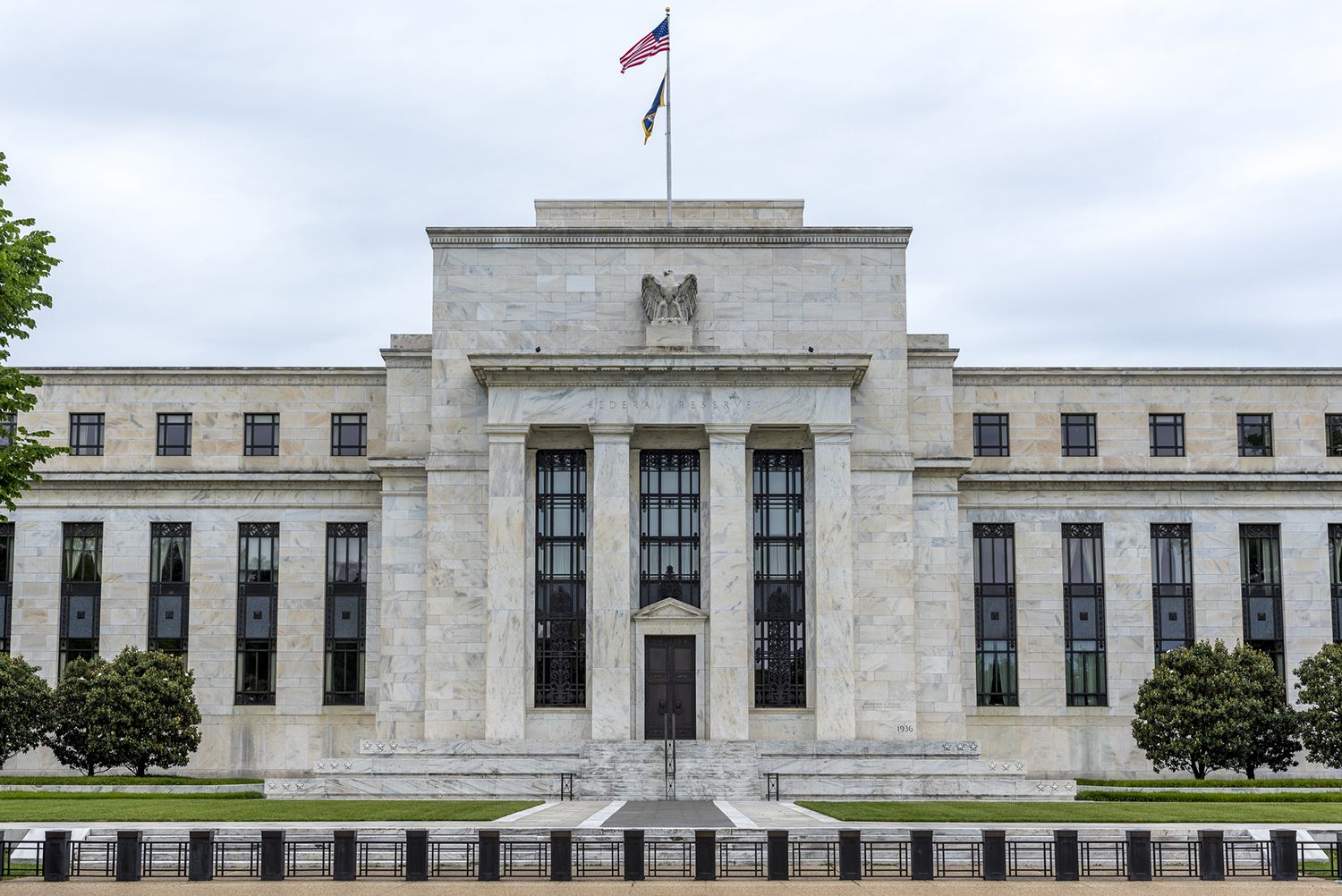Washington, United States – US manufacturing activity contracted in September by the least since late 2022, beating analyst expectations despite weakness in new orders, survey data showed Monday.
The Institute for Supply Management’s (ISM) manufacturing index came in better than anticipated at 49 percent last month, up from 47.6 percent in August.
This was 1.0 percent above the median expectation of economists surveyed by MarketWatch, but below the 50 percent threshold indicating growth in the sector.
“The US manufacturing sector continued its contraction trend but at a slower rate, recording its best performance since November 2022,” ISM survey chief Timothy Fiore said in a statement.
Nevertheless, September marks the 11th straight month of contraction, signaling ongoing challenges in the sector.
The Federal Reserve has been on an aggressive campaign of interest rate hikes since March last year to tackle high inflation, and this hits consumer demand.
“Manufacturing faces headwinds from higher borrowing costs and tighter credit conditions,” High Frequency Economics chief US economist Rubeela Farooqi wrote in a note to clients.
“But an onshoring of supply networks and investment in domestic manufacturing capacity could provide support to factory activity over time,” she added.
The passage last year of the Inflation Reduction Act — President Joe Biden’s signature legislative achievement — has led to a boom in investment across the United States as firms take advantage of generous new tax breaks.
Fiore said companies were still managing orders as softness continues, adding that the monthly improvement in September was “a clear positive.”
Better readings in recent months boost the chances of a “soft landing” for the United States, said economist Matthew Martin of Oxford Economics, referring to a scenario where inflation cools without a major downturn.
But he warned that an intensifying auto workers strike could “pose a temporary drag” on manufacturing.







